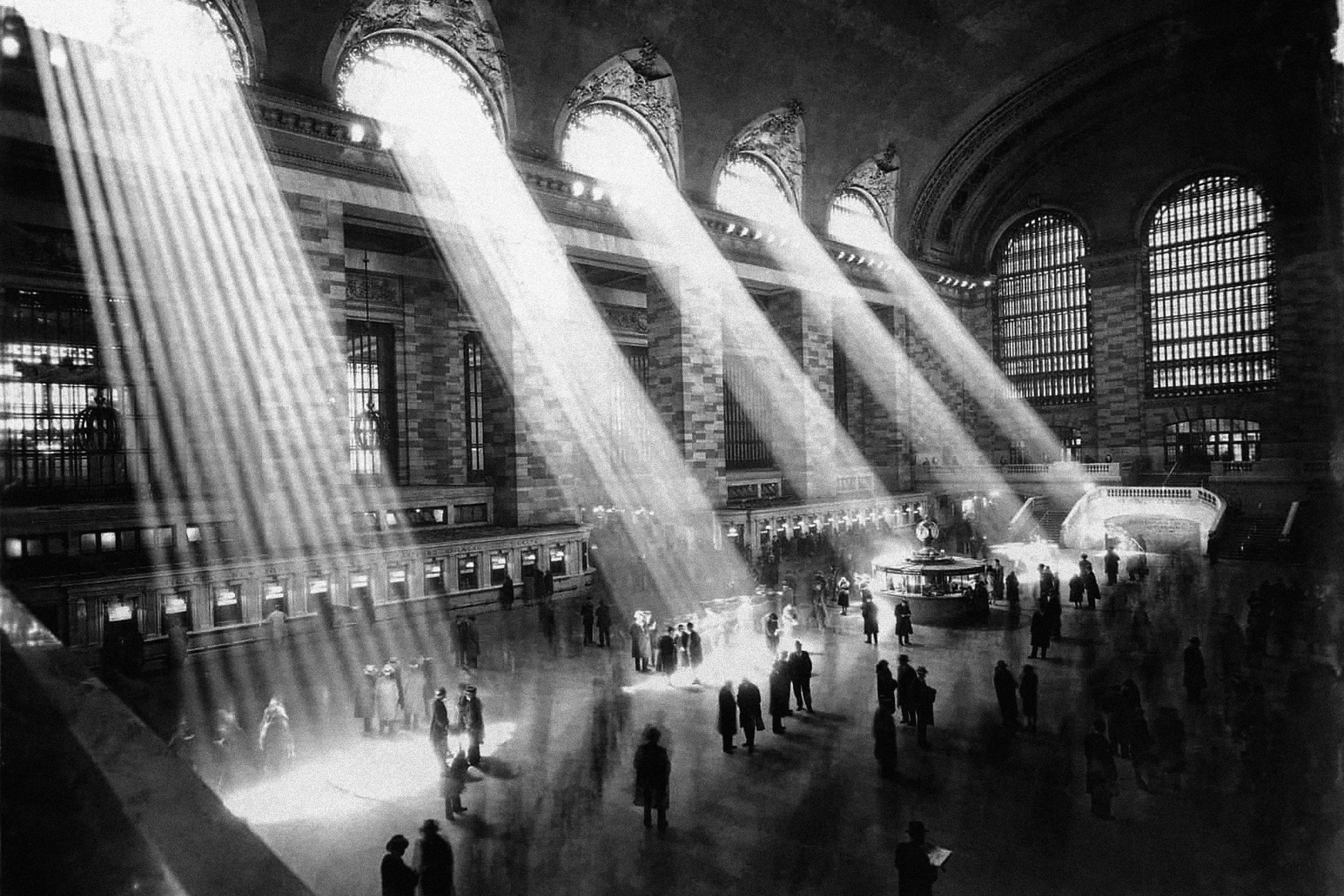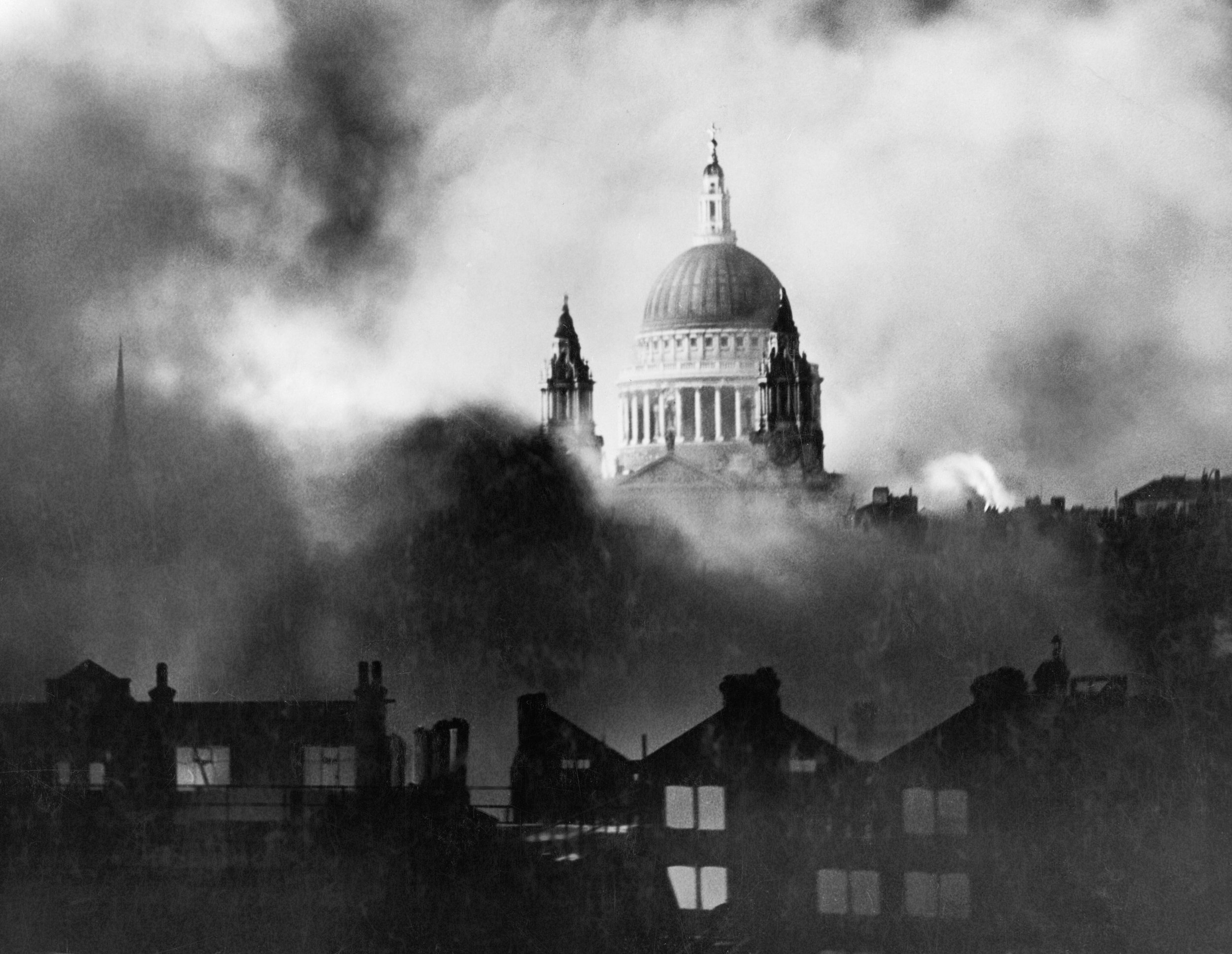10 Amazing Facts About Twentieth Century Photography
01 / Photography as Fine Art
Photography was not always considered a form or art. Throughout much of the Nineteenth Century photography was considered a craft by many. For many years painting was still considered the one and only true form of art. This, however, changed in the early Twentieth Century through the work of artists like Alfred Stieglitz who help define photography as a form or fine art or fine arts photography. This fundamental shift helped change what photography was about and how photographers took photographs. Following this the 1920s and early-1930s were a particularly creative and experimental period for photography, with many photographers like Henri Cartier-Bresson further blurring the lines between documentary photography and fine art photography!
Alfred Stieglitz’s work often challenged perceptions between photography and what is considered art.
02 / Photography vs The War Artist
Before the First World War photography’s value as a documentary and news reportage media was still unproven, and many taboos still existed. Furthermore photography was not help by limitations with early camera equipment, which was slow and bulky! This meant that many photographs taken during the war were in fact staged, and photography also had to compete with war artists, before being accepted as the number one reportage media from the trenches and European battlefields! War artists recreated many famous and powerful scenes, like John Nash’s evening depiction of Oppy Wood in 1917 and Gassed by John Singer Sargent which depicts British soldiers being lead away blindly after a mustard gas attack! As the war progressed, populations became de-sensitised to graphic depictions of warfare and its aftermath, pushing the boundaries with regards as to what was acceptable to photograph. World War Two, which followed the so called ‘war to end all wars’, was consequently a photographic war!
Oppy Wood, 1917 by John Nash.
03 / Photographic Propaganda
Photography, like writing, is an unstable media and can be abused by its practitioners, and this was the case throughout the Twentieth Century where photography was used for propaganda purposes. Famous examples include the Daily Mail picture St Paul's Survives which was used by both sides in propaganda to illustrate the London Blitz. To the British people the image of St Paul’s spire rising out of the smoke after a German air raid became a symbol of hope. Meanwhile German publications used the photograph as evidence that their bombing campaign against the British capital was working!
Other notable examples of photographic propaganda from World War Two include the Soviet flag being raised on the Reichstag and the American flag being raised on Iwo Jima. Both these photographs were effectively staged to create powerful images signifying the end of the war. The American raising of the flag on Iwo Jima had actually happened earlier, and whilst photographed, was not as spectacular!
Post-World War Two photography has continued to be used as propaganda, however, as media has become ever more sophisticated, the blurry lines between documentary photography, news reportage and propaganda have become increasingly hard to discern. This realisation that photography is not an objective media led to some pushback by photographers who were concerned about how their photographs were being contextualised and reappropriated. The photographic agency Magnum Photos is a great example of this, with the agency enforcing control over its image’s captions, publication and contextualisation.
St Paul's Cathedral shrouded in smoke after a German air raid during the London Blitz.
04 / Colour Photography
Although much of the ground work was done in the later half of the Nineteenth Century, it was not until the 1920 & 30s that colour photography was realised as an economically viable and usable photographic process. During the inter-war years companies like Kodak in America and Germany’s Agfa pioneered 35mm colour film photography and both introduced commercially available positive and colour negative processes. Kodak’s venerable Kodachrome process continued in production until 2010, when photographer Steve McCurry famously used ‘the last roll’ of Kodachrome!
1934 colour photo of the Royal Swedish Opera in Stockholm by Gustav Adolfs.
05 / Orthochromatic vs Panchromatic Black & White Film
Believe it or not, not all black and white film is equal; when 35mm and medium format black and white films were introduced in the late-Nineteenth Century they used orthochromatic processes, meaning that they were not sensitive to the full light spectrum. This meant that certain colours were not rendered correctly in black and white photographs. It was not until after World War Two that panchromatic black and white films — which are sensitive to the entire light spectrum — started to become popular. Because of this change many photographic film manufactures added ‘panchromatic’ to their product’s names to signify the difference. Nowadays the term has become somewhat archaic, but you can still purchase orthochromatic film!
Aircraft at IWM Duxford photographed with orthochromatic film, February 25th, 2022.
06 / Military Intelligence
Photography’s use as a military intelligence tool was quickly recognised and it was used throughout both World Wars for aerial reconnaissance. Fast and high-flying aircraft were used in World War Two to photograph potential targets and then again after bombing raids to record the raids effectiveness! During the Cold War this ability was further developed with America’s U-2 spy plane, satellite systems and drone systems!
World War 2 aerial reconnaissance photograph of Smolensk, Russia.
07 / Gun Cameras
Cameras often have many strange and sometimes unpleasant uses, throughout World War Two cameras were used in fighter aircraft to confirm kills. Aircraft like the Spitfire and Messerschmitt had gun cameras installed which were activated when the guns were fired, this was so post-combat potential kills could be confirmed. Similar to the gun cameras in aircraft, submarine periscopes and coincidence rangefinders also had the ability to take photographs for military intelligence and reconnaissance purposes through special attachments. Post-World War Two much of this footage was used in documentary and even some films!
Example gun camera photograph from the Second World War.
08 / Wirephoto: a Precursor to the Internet
Before the development of the Internet, in the mid-Twentieth Century wirephoto or telephotography was a means to transmit a photo for syndication around the world. Expensive and at the time complicated wirephoto networks existed, meaning that a photograph taken in Europe, for example Robert Capa’s photographs of the D-Day Landings in France, could be quickly transmitted to the United States for reproduction in local news media the next day. The process used machines like the Belinograph, which was similar to a fax machine and worked by scanning the photograph and transmit it with an analogue signal.
Portrait of Édouard Belinand and his Belinograph.
09 / A Very Large Camera!
We take for granted the small size of modern day digital cameras, however this was not always the case! The first workable digital camera, which was created by Steve Sasson (Eastman Kodak) weighed 3.6 kg, recorded black-and-white images, had a resolution of 0.01 megapixels (10,000 pixels) and took 23 seconds to capture an image! It also recorded its images to cassettes!
First self-contained digital camera developed by Kodak engineer Steve Sasson in 1975. Photo by Brett Jordan
10 / The Preserve of History
The camera designs from the 1960s, 70s and 80s have inspired recent trends in fashionable camera design. Partially driven by the need to do more with camera designs due to the incursion into the compact and consumer markets by camera-yielding smartphones, camera designers have moved in the direction of ‘the camera being a fashionable item’ and have taken inspiration from their classic designs. A notable example is Olympus’s OM-D series camera, which is styled like it’s venerable 1980s OM series film cameras! The move into mirrorless technology has also help drive this change because it has allowed camera manufactures to produce smaller digital cameras, similar in size to late period single lens reflex cameras.
Nikon F2 camera from the 1970s.
Interested in history of photography? Don’t hesitate to check out my class The Camera’s Journey Through Time: A Brief History of Photography (available on Skillshare and on Teachable).










